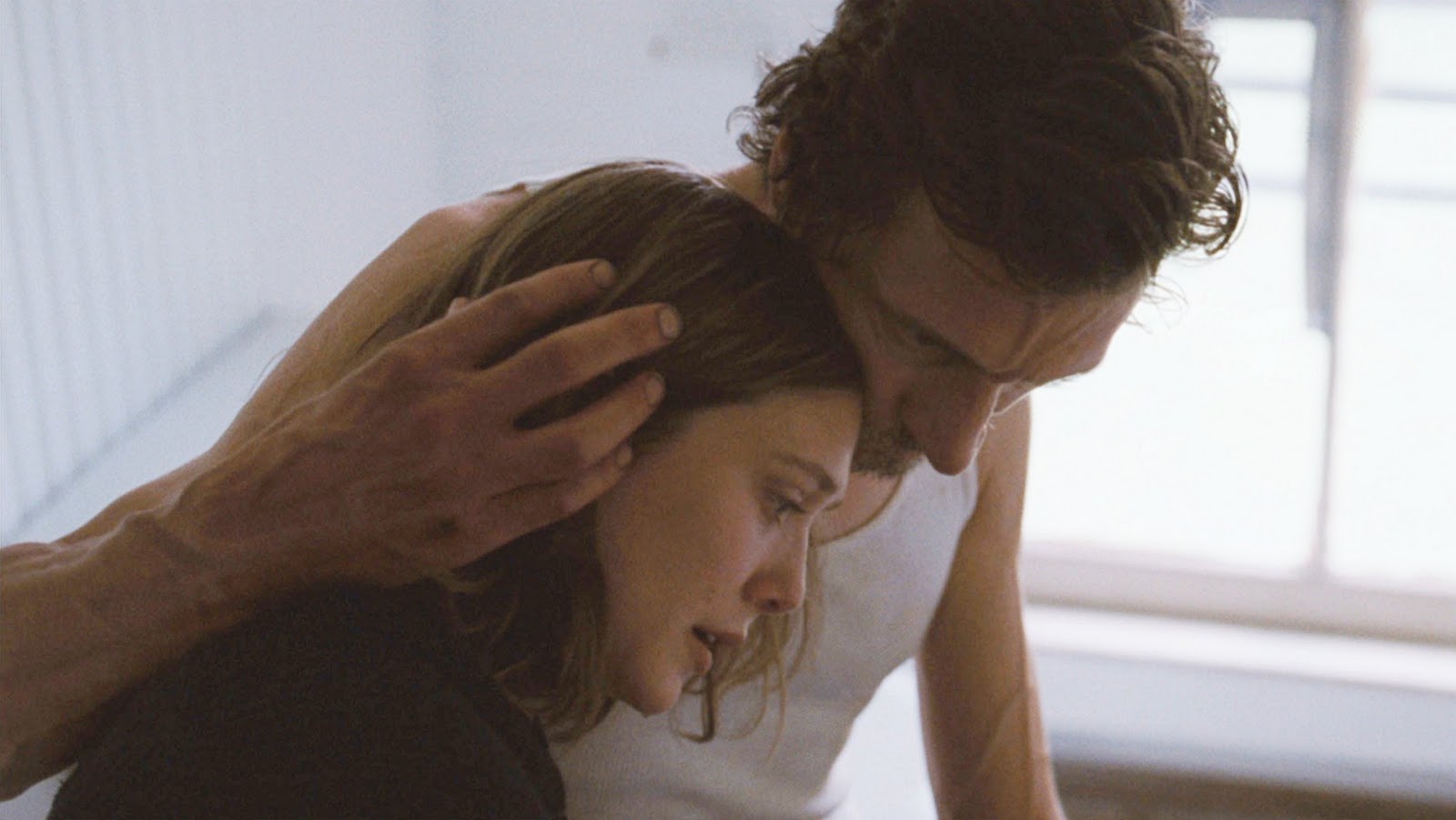
From William Morris’ “Fellowship is heaven, and lack of fellowship is hell; fellowship is life, and lack of fellowship is death” to Jean-Paul Sartre’s “Hell is other people”, there is a wide spectrum of nuances of attachment or rejection between the individual and society. Aristotle had defined man as “a social animal”; the second word of his phrase is often over-looked, but it is indeed the animal in man (this is to say his survival instincts) that initially pushed him to pursue the company of others.
From then on, community was thought as a line traced around a group of people; one had to be inside or beyond that line and according to that, one was an ally or a threat. With time however, borders became generally more porous; more and more voices are now rising in favor of abolishing them altogether. Inevitably, there is a counter-action: some communities are thickening the line between them and the exterior world; hysteria and sectarianism rear their ugly heads.
As with all burning issues, cinema provides invaluable insight, so here are the ten best films from the last twenty years that explore the joys and hurdles of life in a closed community.
1. The Idiots – dir. Lars von Trier, 1998
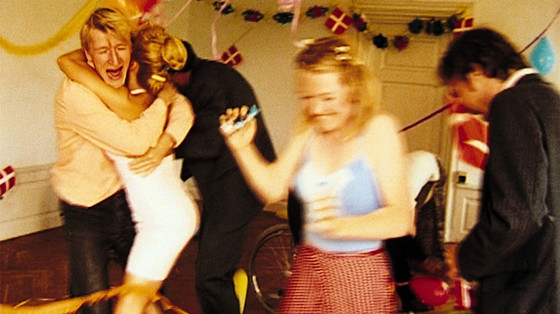
Lars Von Trier once said that, as a child, he felt everything imaginable was permitted except “feelings, religion and enjoyment”. Similarly to his companion Thomas Vinterberg, Lars von Trier was raised by radical parents who had decided to challenge the norms of the established order – and their educational methods reflected that choice. Not surprisingly, von Trier’s oeuvre overflows with the exact same things his childhood lacked.
Despite this clear distance set between himself and his past, the Danish director chose to revisit in “The Idiots” the structure in the midst of which he grew. Therefore, the heroes (the word seems inappropriate) of the film live in a commune; the structure resists due to the likeness of mind of its inhabitants and to their common goal of mocking a society that doesn’t seem fit to contain them.
However, what makes Lars von Trier’s satire stand out in this list is its finale, which is an acknowledgment of the attachments that bind people to multiple communities. There comes a moment when one has to choose between these various commitments: Karen chooses the “idiots” over her family, but by the time she does so, the commune has already disintegrated.
2. Beau Travail – dir. Claire Denis, 1999
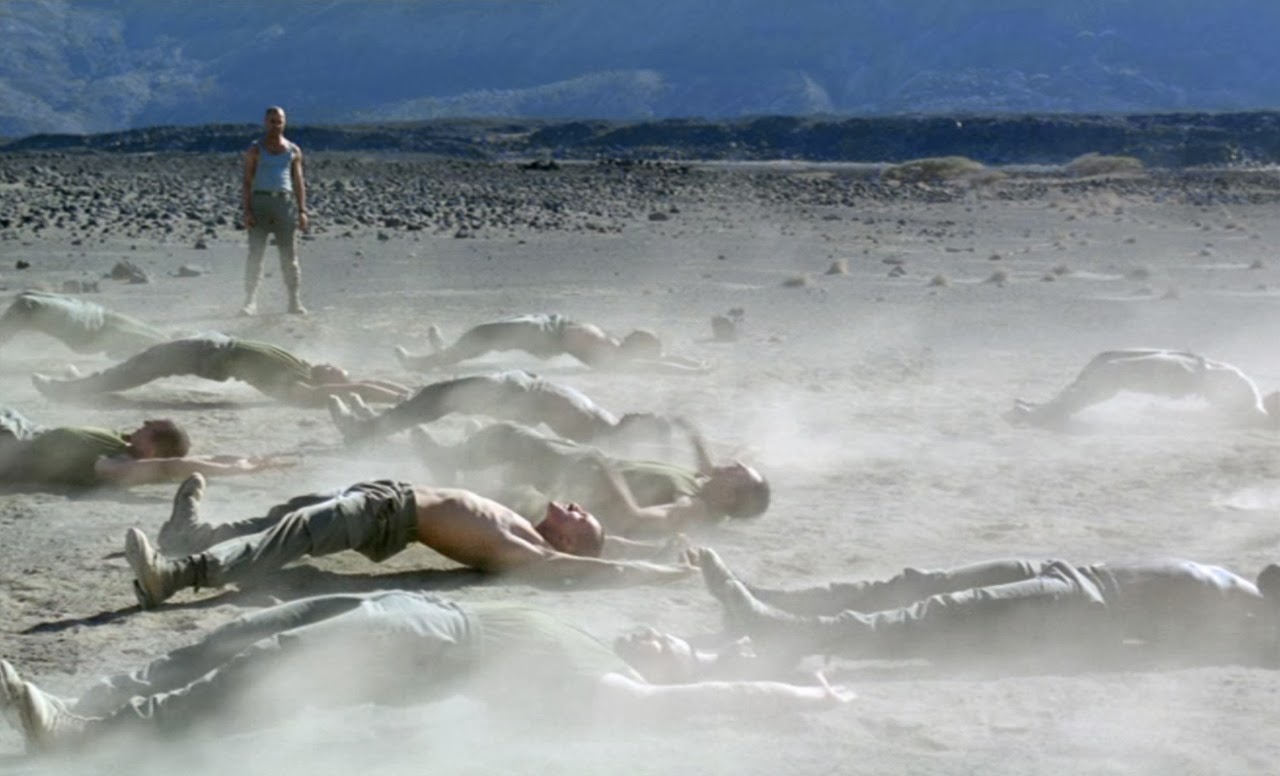
The military is a singular type of community: the people who are part of it are bestowed with a rare sort of immunity, as they are allowed to kill (albeit only in certain circumstances); they have a unique esprit de corps that comes from this immunity and yet, as individuals, they are perfectly integrated in a society that – now more than ever – is sharply divided when it comes to appreciating the armed forces.
Claire Denis’ “Beau Travail”, which follows a section of soldiers from the French Foreign Legion stationed in Djibouti, suggests that, in an integrally masculine milieu, there must be a shift in roles at some point in order to restore the balance.
For that purpose, one of the males from the group will be endowed with feminine attributes. In the narrative, it is new recruit Gilles Sentain, played by airy Claire Denis regular Grégoire Collin, who becomes the target of the commander’s mingled feelings, due to his statuesque profile and to his insubordination.
But what really sets “Beau Travail” apart is the fluidity of sexual and social identities in front as well as behind the camera. The exacerbated virility, the feminine perspective, the latent homosexuality, the voyeurism all blend and ooze excitement and danger. And all this leads to a wonderfully strange metamorphosis that is achieved only too rarely in cinema: the audience is transformed into one huge, compliant sensory organ.
3. Silent Light – dir. Carlos Reygadas, 2007
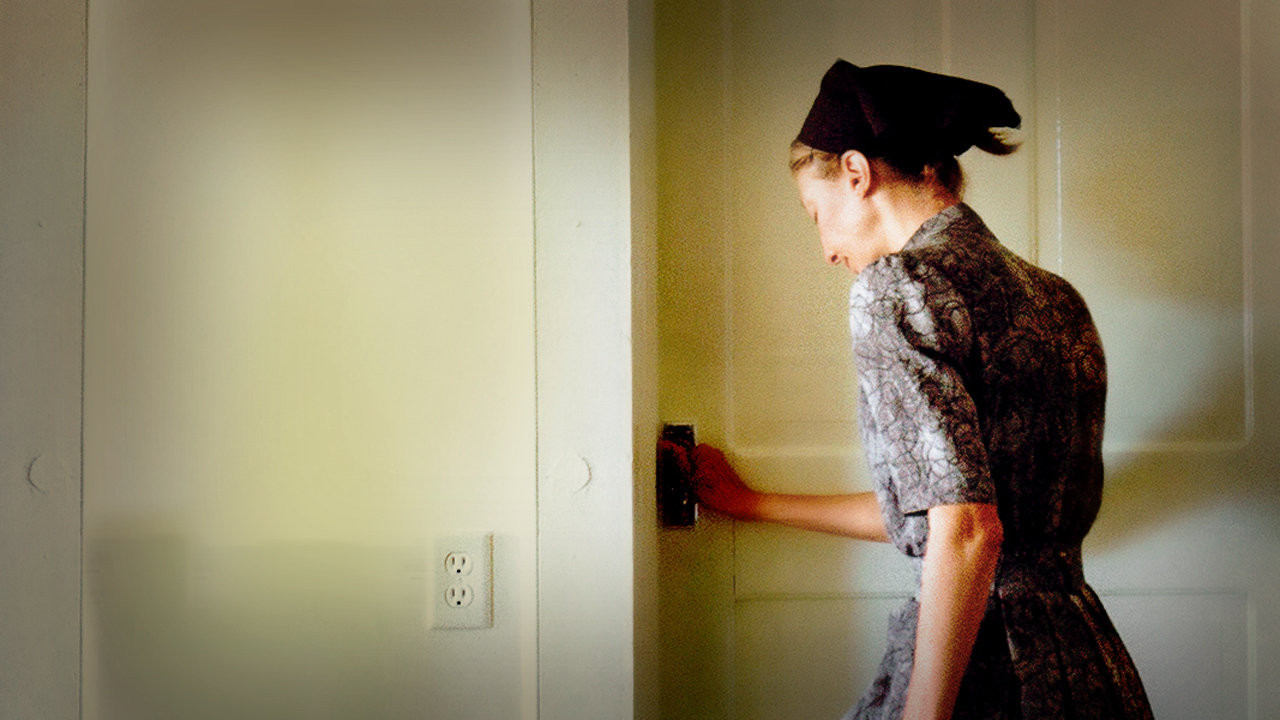
Seldom has the expression “fall in love” been more appropriate that is the case of Johan and Marianne, two members of a Mennonite community in Northern Mexico: they both experience a fall, a fall from grace and into an inextricable trap.
For Johan, who is married to Esther and is the father of six children, pursuing his love for Marianne means acting simultaneously according to and against his nature. Why against his nature? Because, unlike what happens in other entries on this list, the protagonist of “Silent Light” has assimilated the values of his community – piousness, restraint, the sanctity of marriage –so well that he sincerely considers them his own.
This is the reason why Carlos Reygadas’ film has been able to dispense with the physical presence of the community (that is embodied only by Johan’s father and his best friend) and yet to remain an invaluable document regarding the practices and customs of the Mennonites at large.
While watching “Silent Light”, one can also meditate on its ties with Dreyer’s “Ordet” (1955) and wonder at the uninterrupted spiritual ark that unites different regions of the world and different periods in time.
4. The Secret of the Grain – dir. Abdelatiff Kechiche, 2007
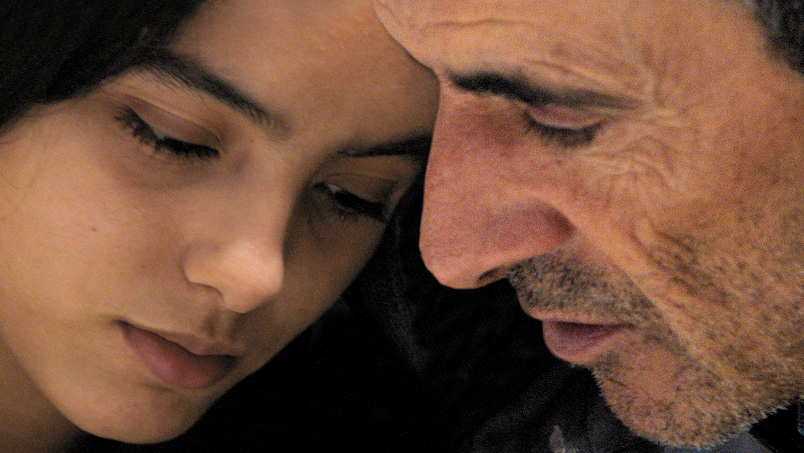
The North African community is often represented in French films, but few succeed in hitting the right note and avoiding victimization, antagonization or caricature. French society itself rarely hits the right note: it unskillfully slaloms between paternalism and guilt over the horrors of colonialism, assisting powerlessly to the advent of communitarianism and to the physical and psychological ghettoization of many North African immigrants.
Director Abdelatiff Kechiche, of Tunisian descent himself, captures a disquieting truth with his third feature-length film: in some parts of the country, the North African community is self-sufficient; they interact with the French only in a professional context; their priority is not integration, it is surviving.
From an artistic standpoint, “The Secret of the Grain” is an exercise in creating and maintaining tension in spite of the prosaic premises. This miracle is not achieved by overstatement, but by planting the seed of empathy from the very beginning with the help of astoundingly authentic performances (some by non-professional actors).
The ending is an example of rich ambiguity: a reviewer from Le Monde has stated that the belly dancing is nothing but “an endless agony”, a form of gratuitous humiliation. Others could see it as the beginning of a sort of fairy-tale: while the girl keeps dancing, the world stops turning and death is kept away.
5. House of Tolerance – dir. Bertrand Bonello, 2011
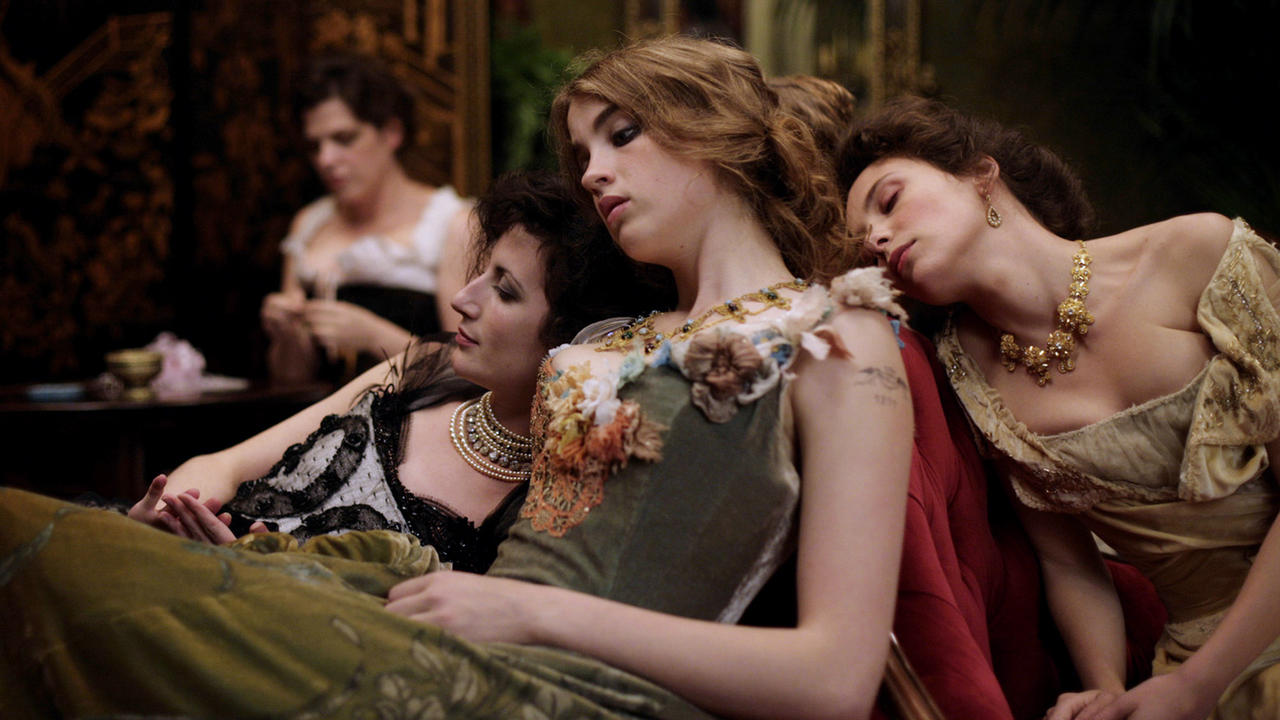
There is a scene in Bertrand Bonnello’s “House of Tolerance” where the madam of an exclusivist turn-of-the-century brothel asks a young girl of barely sixteen years old why she has come to offer her services. She brazenly replies: “In order to be free”, to which the other retorts: “This is a maison close (which literally translates to “enclosed house”); freedom is outside”.
And indeed, sexual commerce is thoroughly regulated in Bonello’s film and not only by the madam, but also by the authorities. The prostitutes themselves seem to be part of some sort of twisted boarding school, with tightly-controlled schedules, hygiene norms, medical visits and programmed outings.
And as in any boarding school, the girls endorse all kind of roles that make their microcosm strikingly resemble society: some are slightly more masculine, protective and loud, others almost overemphasize their femininity, getting enmeshed in their excessive delicacy; some are team players and others are lone wolves. Most of the time, men do not disrupt their equilibrium; but even when one does so by mutilating one of the girls, vengeance is accomplished within the walls of the brothel.
Bonelello’s strike of genius consists of forcing the audience to share the prostitutes’ living conditions. Except for selling our bodies, we do everything they do: we eat at their table, we sleep in their beds and most importantly, for the entire duration of the film, we are trapped inside this aptly-named maison close.